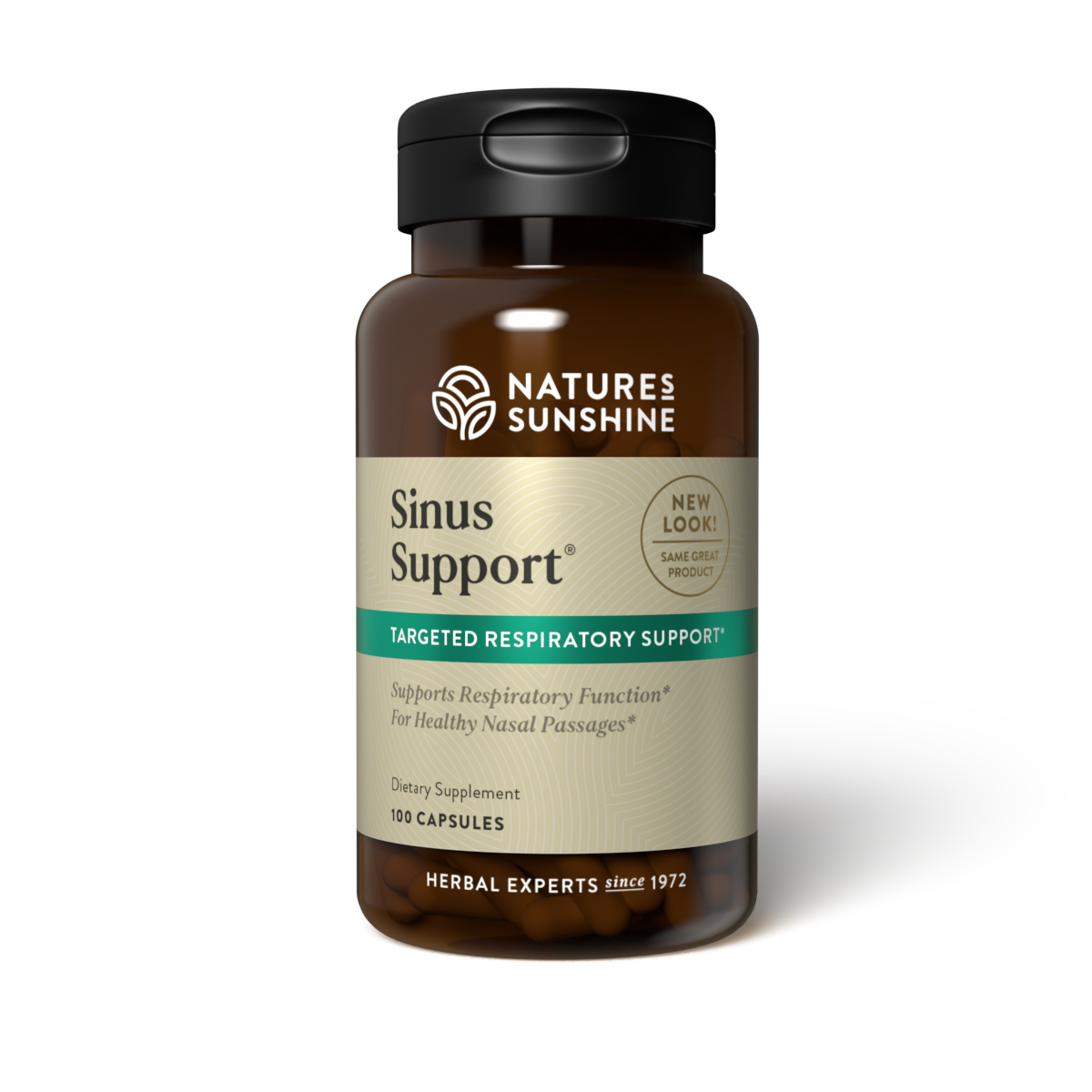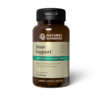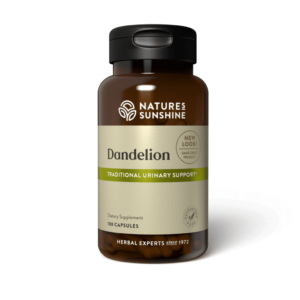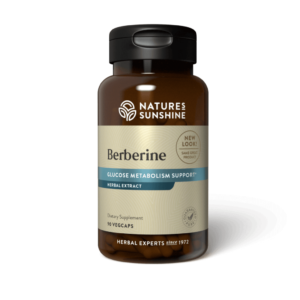Sinus Support EF
$29.15
With airborne particles, pollution and other foreign substances all around you, your sinuses can take a beating. Make their day with our unique blend of herbs that aid the cleansing and tissue-protecting processes, especially during seasonal changes. Sinus Support features burdock, goldenseal, marshmallow and yerba santa. Supports the respiratory system. Supports healthy nasal passages. This formula features an exclusive combination of traditional herbs sourced from the finest growers around the world. Take marshmallow root, for example. We work with small family farmers in Poland to source our marshmallow in its native climate. These growers have cared for their lands and our herbs for generations. Each year, they sow a new crop of marshmallow in the spring and harvest it in the early fall. We work with our farmers to set fair prices to ensure high-quality, long-term production of this important herb. The Story behind Sinus Support. Sinus Support features an exclusive blend of herbs with a long history of traditional use for powerful, natural respiratory support. Burdock’s use has spanned ages and continents, as traditional practitioners in China, India, Europe and North America have prescribed it for respiratory support. Its dried roots were also used as a food source throughout the winter. Native Americans traditionally used goldenseal to support healthy mucous membranes of the respiratory, digestive and urinary tracts. Eclectic physicians (doctors who recommended herbal remedies) of the early 20th century considered it a critical herb for stomach and intestinal issues. Marshmallow’s history as a health supplement began in the 9th century, but it didn’t become the more commonly known treat until French confectioners made Pâté de guimauve roughly 1,000 years later. While the Greeks used marshmallow to dress wounds and soothe throats, Roman, Egyptian and Arab practitioners expanded its use for a variety of health needs. Revered by Native American tribes for its respiratory support, yerba santa was traditionally brewed into a tea, eaten or used as a poultice. It was first listed in the Eclectic Medical Journal in 1875, and it was added to the Pharmacopoeia of the United States in 1894.
You must be logged in to post a review.







Reviews
There are no reviews yet.